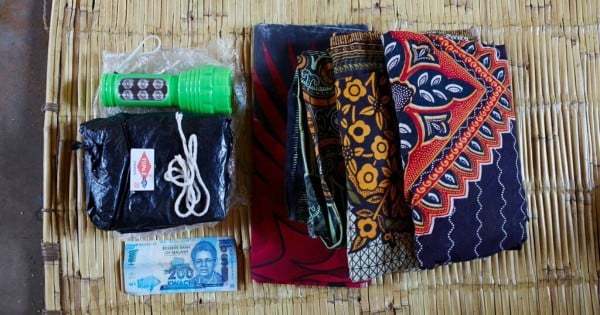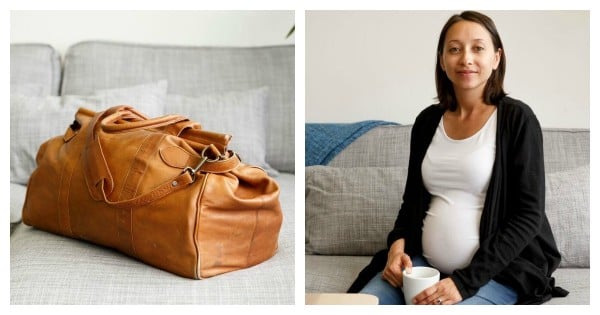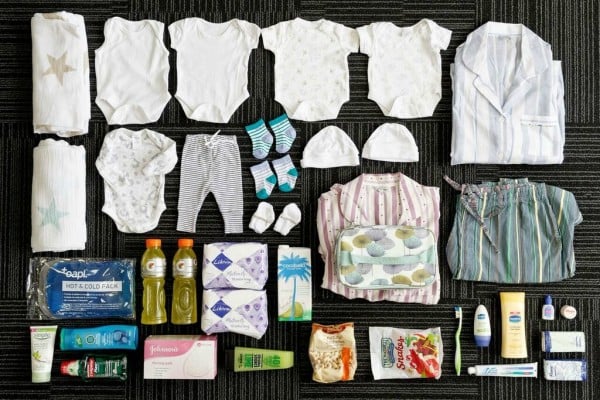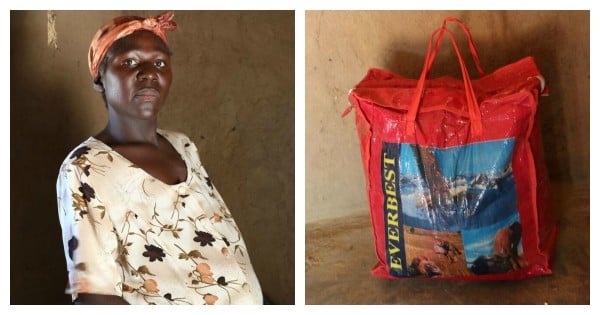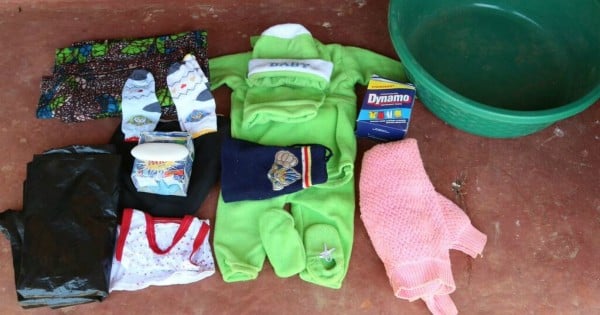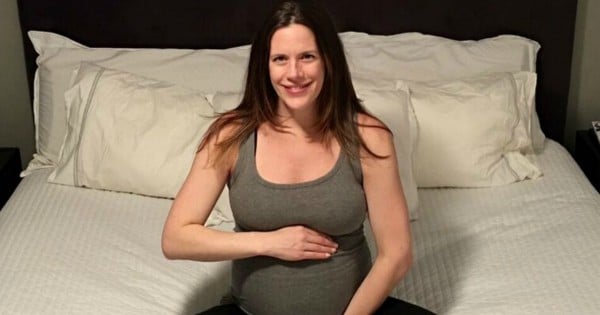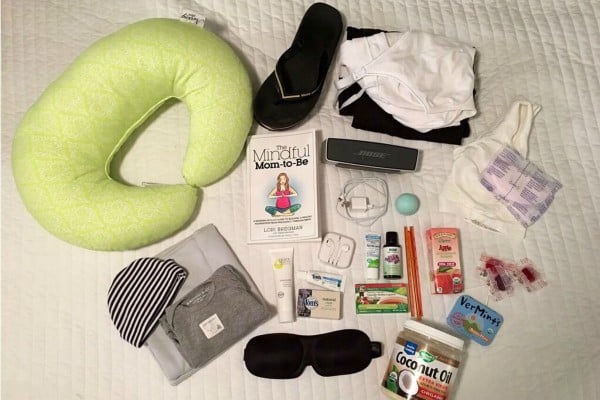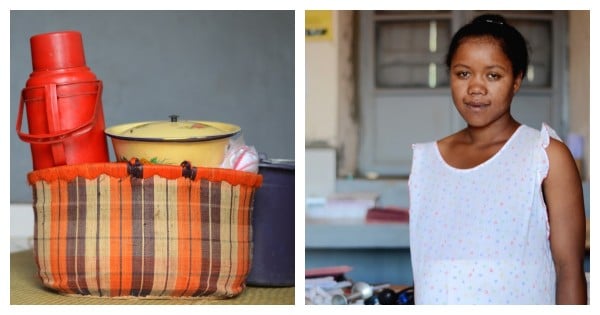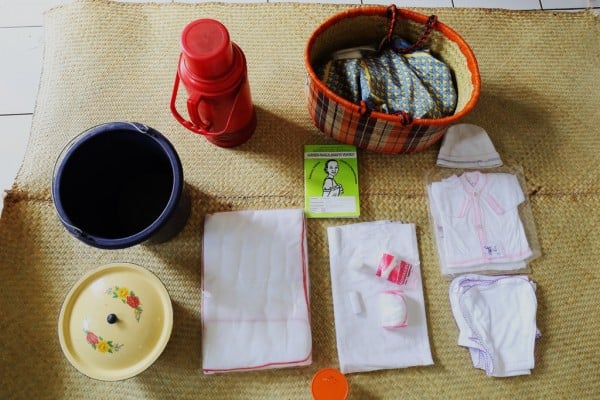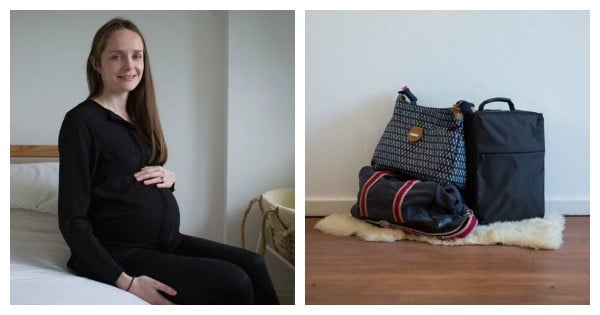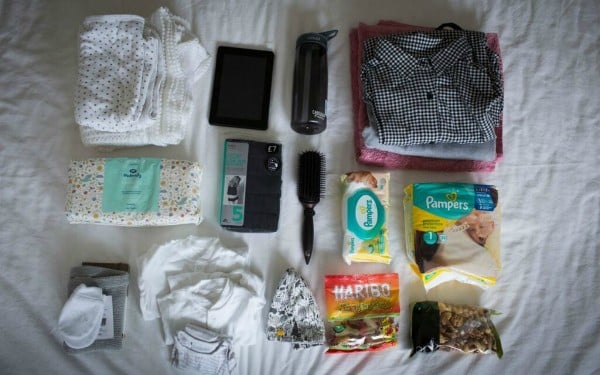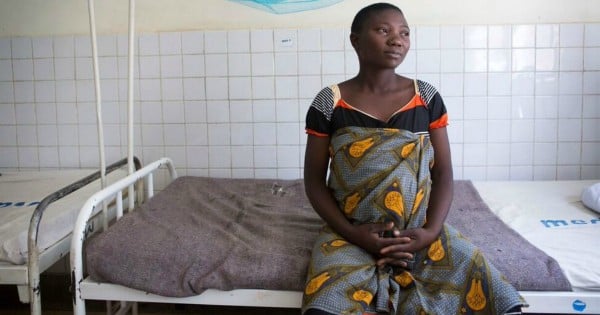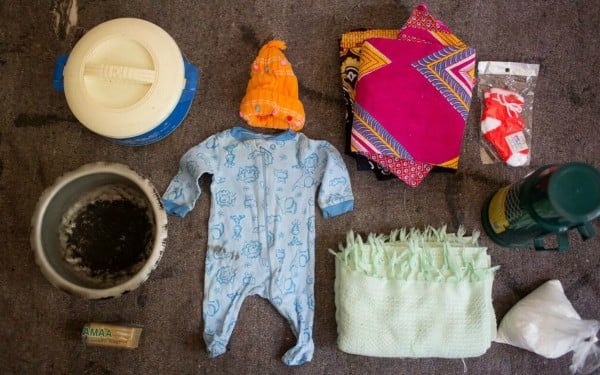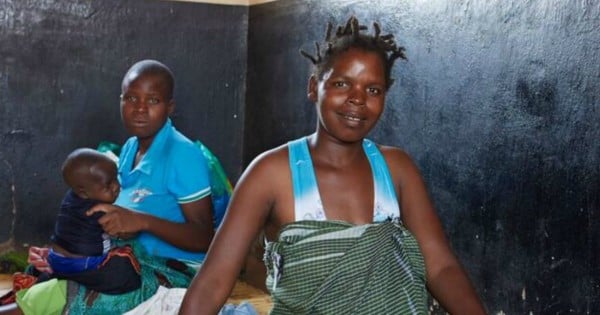
Packing for the hospital for many Aussie mums-to-be is an involved process.
With tons of advice and lists sent from well-meaning friends and relatives, our bags end up filled with hydrating drinks, massage oils, exercise balls and MP3 players filled with our ideal birthing soundtracks.
Some women take three bags – one for labour, one for the baby and one for post-birth.
But, for others, the birthing essentials look vastly different. For them, packing for birth focuses far more on the basics — like plastic sheeting so they can give birth on a clean surface or a razor to cut the baby’s umbilical cord.
A series of profiles by international charity WaterAid brings to light the very different birthing circumstances of women across the globe, including some who deliver their babies with no access to clean water, electricity or sterilisation equipment.
Malawi


